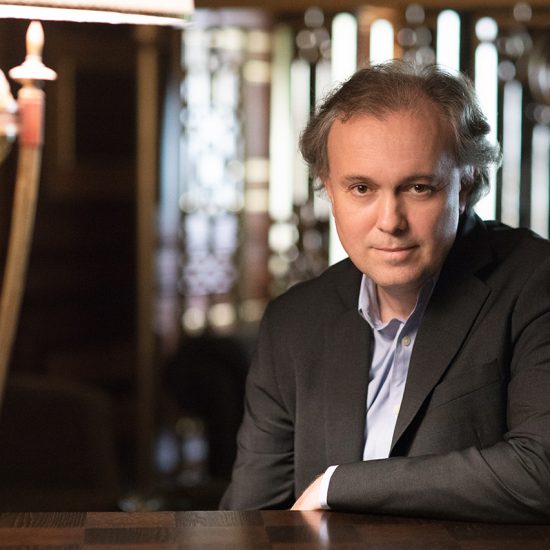At the Rafah Crossing between Gaza and Egypt, Palestinians are peering through a towering border gate. What they’re looking at isn’t initially clear in Rosalind Nashashibi’s short film Electrical Gaza, but then, the 43-year-old British artist doesn’t deal in grand, obvious statements.
Instead, she depicts everyday life, children playing in the street, horses swimming in the sea and even some animated scenes. It’s not quite the image of the Gaza Strip we see in newspapers – and yet the knowledge of underlying tragedy is always there. Directly after she filmed it in 2014, Israel began its military occupation.
“I think of the Gaza Strip as having been put under a kind of enchantment by the world powers,” Nashashibi said when her film was premiered in 2015. “I’m using terms from an archaic or childish language to allow the extraordinary conditions to show through with all the attendant fear, excitement, suffering and boredom of life under enchantment.”
And yesterday such enchantment finally filtered through to the mainstream when Nashashibi – who has a Palestinian father and Irish mother – was nominated for Tate Britain’s hugely prestigious Turner Prize, won in the past by Tracey Emin, Damien Hirst and Anish Kapoor.
Electrical Gaza formed part of a solo exhibition in Irvine, California last year for which Nashibibi has been nominated (along with her contribution to the Documenta 14 exhibition in Athens).
Tate Britain said that “the jury was impressed by the depth and maturity of Nashashibi’s work, which often examines sites of human occupation and the coded relationships that occur within those spaces – whether a family home or garden, a ship or the Gaza Strip.
“Her films use the camera as an eye to observe moments and events, contrasting reality with moments of fantasy and myth. They show how the intimate and everyday collide with issues of surveillance and control.”
And though The Turner Prize is awarded to a British artist for an “outstanding exhibition or other presentation of their work”, this year’s shortlist of four is the most multicultural and international in some time – perhaps ever.
62-year-old Lubaina Himid is enjoying most of the early headlines simply because of her age – this is the first year that artists over 50 years old have been able to compete for the £25,000 (Dh118,000) prize. But it’s the work from this Zanzibar-born painter which should really do the talking, nominated for two solo shows in Bristol and Oxford, the former is a huge, colourful installation of life-size figures representing 18th century African slaves at work in the English city.
“The point I am often exploring vis-à-vis the black experience is that of being so very visible and different in the White Western everyday, yet so invisible and disregarded in the cultural, historical, political or economic record or history,” she said.
The other painter on the shortlist is Hurvin Anderson, whose upbringing in Birmingham’s African-Caribbean community and regular visits to Trinidad is shot through his work.
His stand-out piece, from the Hurvin Anderson: Dub Versions exhibition at New Art Exchange, Nottingham, Is It Okay To Be Black?, features portraits of Malcolm X and Martin Luther King in a barber’s shop. “An outstanding British painter whose art speaks to our current political moment with questions about identity and belonging,” said the jury.
Rounding off the shortlist is a German-born artist whose broad portfolio includes woodcuts, printmaking, film and sculpture. Andrea Buttner’s two exhibitions in Switzerland and Los Angeles exploring religion, morality and ethics were both hugely well-received, making her one of the favourites to win the prize when it is announced in December. In the meantime works by the four artists will go on display at the Ferens Art Gallery in Hull – current UK City of Culture – from September.
• For details go to www.tate.org.uk/turner-prize








